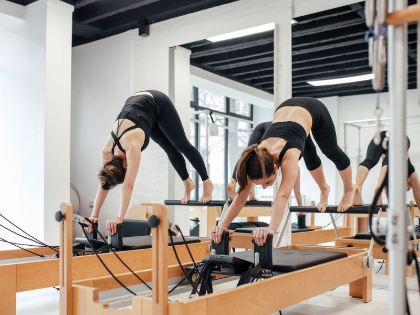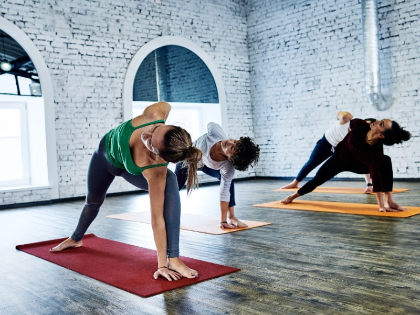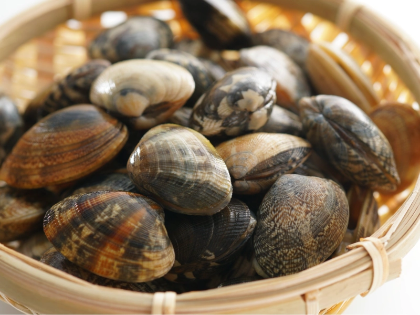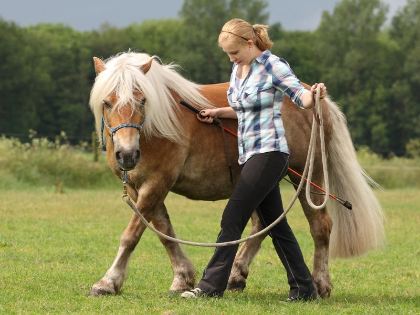Natural Horsemanship Techniques: Strengthening The Horse-Rider Bond
Techniques of horsemanship stress open communication, respect, and cooperation between the human and the horse. Before going on to mounted work, they include a variety of groundwork exercises meant to enhance the link between horse and human. Some others, meantime, misinterpret this strategy. They might believe it is incompatible with high-level training or that it is all about "spoiling" horses.
1. Observe and Listen
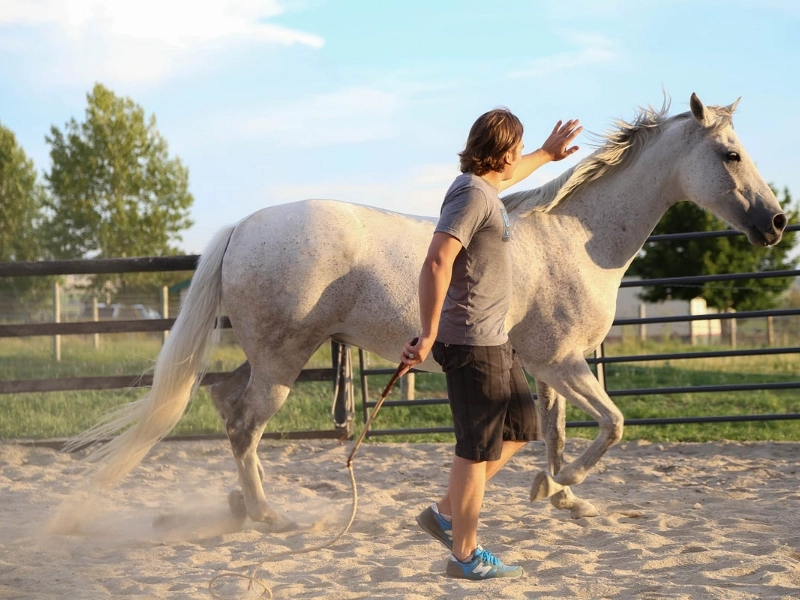
2. Learn to Read Your Horse’s Body Language
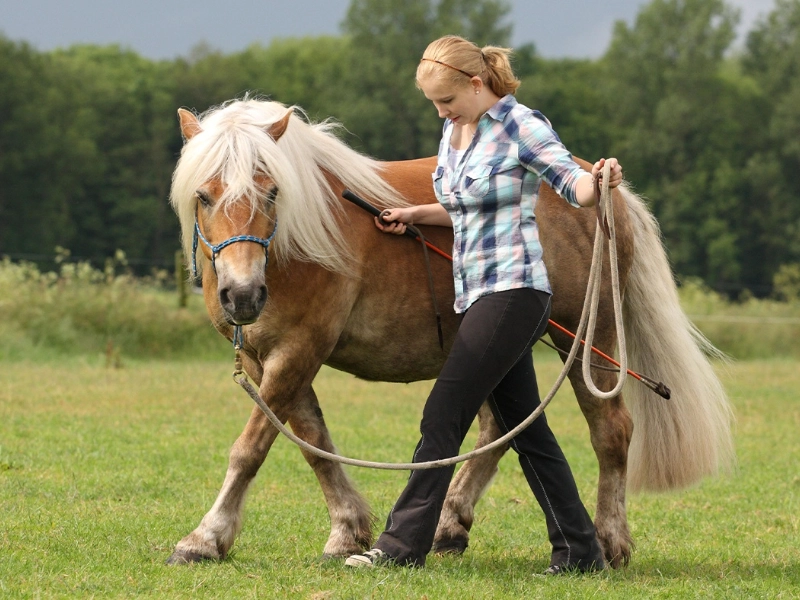 Many people find Horsemanship difficult. Along with a will to be receptive to comments, criticism, or disagreement from other riders and trainers, it might call for a considerable degree of self-awareness and self-improvement.
Learning to read your horse's body language calls also a dedication. Horses use every part of their bodies to communicate, from ear positions and face expressions to the tail position. A lightly swishing tail might show interest and ease; ears pushed back or pricked forwards can suggest fear or hostility.
Understanding your horse's body language will enable you to interact with them using consistent, patient, unambiguous cues. Over time, this helps to deepen your relationship with your horse.
Many people find Horsemanship difficult. Along with a will to be receptive to comments, criticism, or disagreement from other riders and trainers, it might call for a considerable degree of self-awareness and self-improvement.
Learning to read your horse's body language calls also a dedication. Horses use every part of their bodies to communicate, from ear positions and face expressions to the tail position. A lightly swishing tail might show interest and ease; ears pushed back or pricked forwards can suggest fear or hostility.
Understanding your horse's body language will enable you to interact with them using consistent, patient, unambiguous cues. Over time, this helps to deepen your relationship with your horse.
3. Be Consistent and Patient
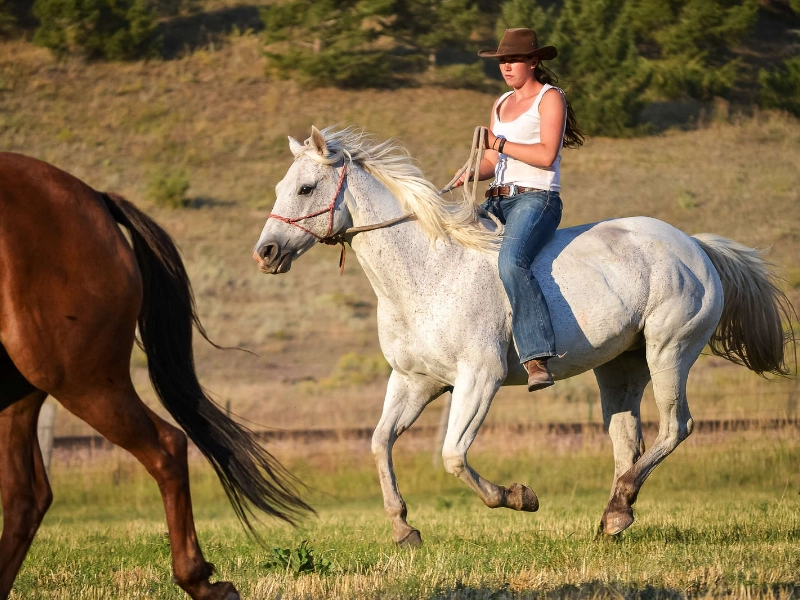 Building trust and communication involves much time and patience in the natural horsemanship method. It might also demand the rider to act consistently with the horse and have expectations.
This entails giving clear, consistent signals without being unduly demanding or aggressive. Horses will grow used to the trainer's signals and learn to react voluntarily with time.
Furthermore crucial for the trainer is patience. When a horse does not immediately answer a given command, one can easily become annoyed. Changing the method you request the desired behaviour, though, can perplex and scare the animal. The horse and rider may develop a dangerous and mistrusting relationship as a result.
Building trust and communication involves much time and patience in the natural horsemanship method. It might also demand the rider to act consistently with the horse and have expectations.
This entails giving clear, consistent signals without being unduly demanding or aggressive. Horses will grow used to the trainer's signals and learn to react voluntarily with time.
Furthermore crucial for the trainer is patience. When a horse does not immediately answer a given command, one can easily become annoyed. Changing the method you request the desired behaviour, though, can perplex and scare the animal. The horse and rider may develop a dangerous and mistrusting relationship as a result.
4. Be Respectful of Your Horse’s Needs
Horsemanship involves training you as much as it is about teaching your horse. Developing skills and knowledge takes time and patience, hence be ready to dedicate yourself to the process. Horses are herd animals with rigid hierarchies, hence they will challenge you to find out if you are the leader. Always project confidence with your body language and commands; never let your horse push you about or disregard you. To raise the pressure if needed, softly and rhythmically tap the air in front of your horse's nose. Your horse can learn respect of your personal space by this easy practice. It's also a terrific approach to support good behaviour. These techniques help you build trust and leadership as well as deepen your relationship with your horse.
5. Be Honest with Yourself
Realising success in natural horsemanship calls for consistency, dedication, and time. It can also call for integrity with your horse and yourself as well as a readiness for mutual growth and learning. See a coach or mentor to get direction on overcoming these obstacles. Natural horsemanship methods can help to build the horse-rider bond by stressing respect and empathy, focusing on relationships instead of obedience, and putting leadership and communication above domination. In any equestrian activity, this close bond of trust and communication facilitates a harmonic cooperation. For all those engaged, learning these skills is a satisfying experience that enhances the equestrian path for horses and riders equally.
